The October 29th issue of the most-excellent SpaceRef newsletter contains a link to a new video that NASA has posted showing the space debris field orbiting our planet. It’s the most complete such video I’ve seen, zooming through various orbit levels and showing different viewpoints and perspectives of the debris.
Of course this video only shows the space debris that is known & tracked. The amount of items too small to be tracked greatly exceed what you see in the video. It’s important to keep in mind, however, that videos such as this cannot show the vast distances that actually exist between pieces of space debris. It’s kind of like the pictures you see of the asteroid belt showing asteroids constantly bumping into each other, that’s just not realistic. Incidentally, on the topic of the distance between asteroids, here is a paper put out by NASA on the probabilities of a collision between asteroids 100 meters or larger in diameter (estimated to be at 30 billion) – they calculate that such occurrences will only happen once every 1.2 million years! They also give the formulas and assumptions they use so you can have fun figuring out your own asteroid collision scenarios 🙂 And, as a bonus, the paper shows a picture of two asteroids after a collision.
Anyway, back to earth’s space debris field. According to the ISEC Report on Space Debris Mitigation (available at the ISEC Store), in Low-Earth-Orbit (LEO), the area with the highest concentration of space debris, there is only piece of space debris (10 cm or larger) ON AVERAGE per 730,000 cubic kilometers. To put that into perspective, imagine an enclosed corridor, 4.25 km wide and 4.25 km tall, that circles the earth at the equator, a distance of about about 40,000 km. In that entire area, you would find ONE PIECE of space debris 10cm or larger. Of course that is an average as there are, alternatively, clouds and voids of space debris. And the quantity of smaller space debris is, of course, larger.
What does this mean for a Space Elevator? Well, unlike pieces of space debris that may collide with each other or with a satellite, the Space Elevator is much more vulnerable. Given enough time, a very long time, EVERY piece of space debris will, sooner or later, impact a space elevator. Referring again to the ISEC report on Space Debris Mitigation, calculations show that the most vulnerable part of the space elevator to space debris is that portion equivalent to LEO, approximately 200 to 2000 km above the earth. In that zone, the ISEC report shows that satellites would impact the elevator once every five years, space debris 10 cm or larger would impact the space elevator once per 100 days and space debris smaller than 10 cm would impact the space elevator once every 10 days. All of these are, again, average numbers.
Does that sound the death knell for the idea of a space elevator? No, not at all. What it does mean is that the elevator tether must be designed to cope with this hazard and that CAN be done. The tether must be robust, able to cope with multiple small impacts and the occasional large one and it must be rigorously monitored and maintained. I can imagine a scenario where every meter of the tether has multiple monitors viewing it, with Climbers that also examine the tether as it ascends and descends. As the conclusion of the ISEC Space Debris Mitigation report states;
Space debris mitigation is an engineering problem with definable quantities such as density of debris and lengths/widths of targets. With proper knowledge and good operational procedures, the threat of space debris is not a show stopper by any means. However, mitigation approaches must be accepted and implemented robustly to ensure that engineering problems do not become a catastrophic failure event.
If you want to learn more about this, visit the ISEC Store to purchase the entire report. You can use information from it the next time one of your friends tells you that a space elevator is not feasible because “space debris“…


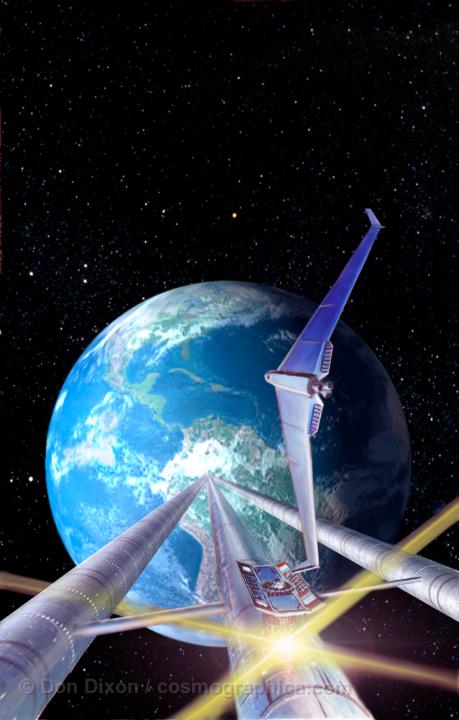

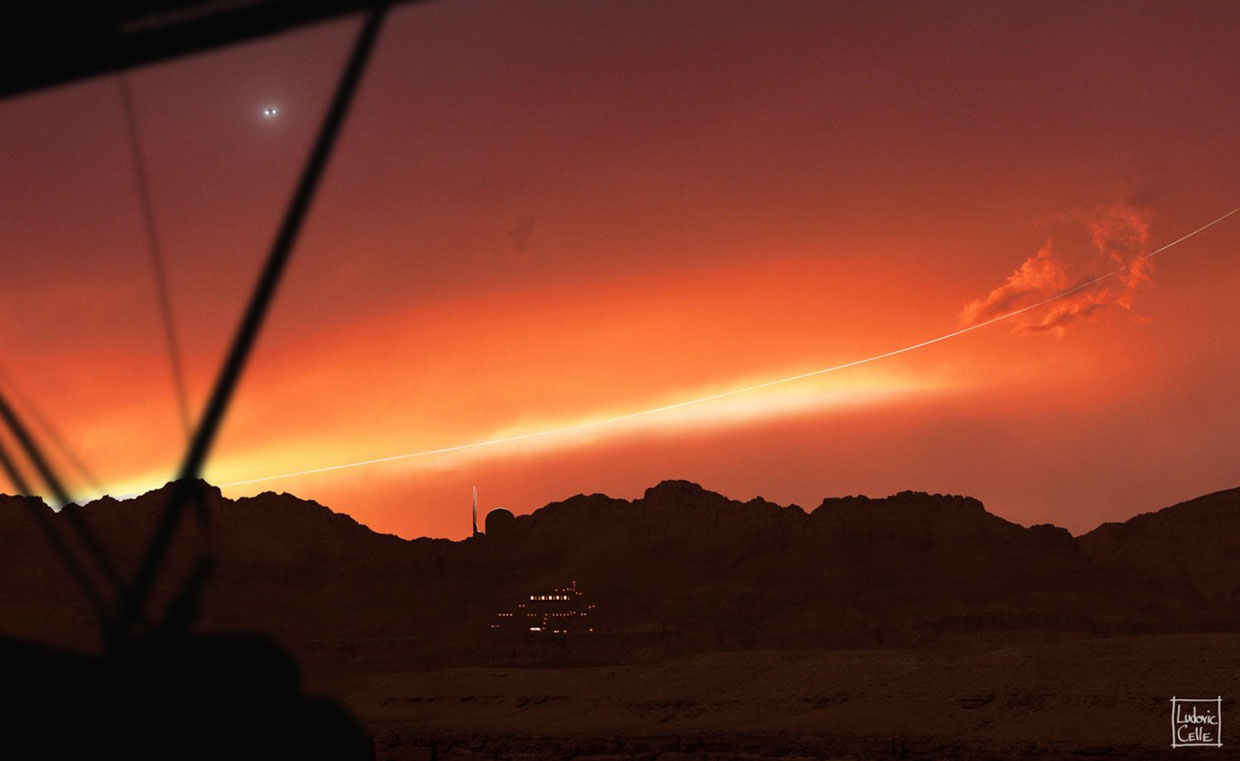
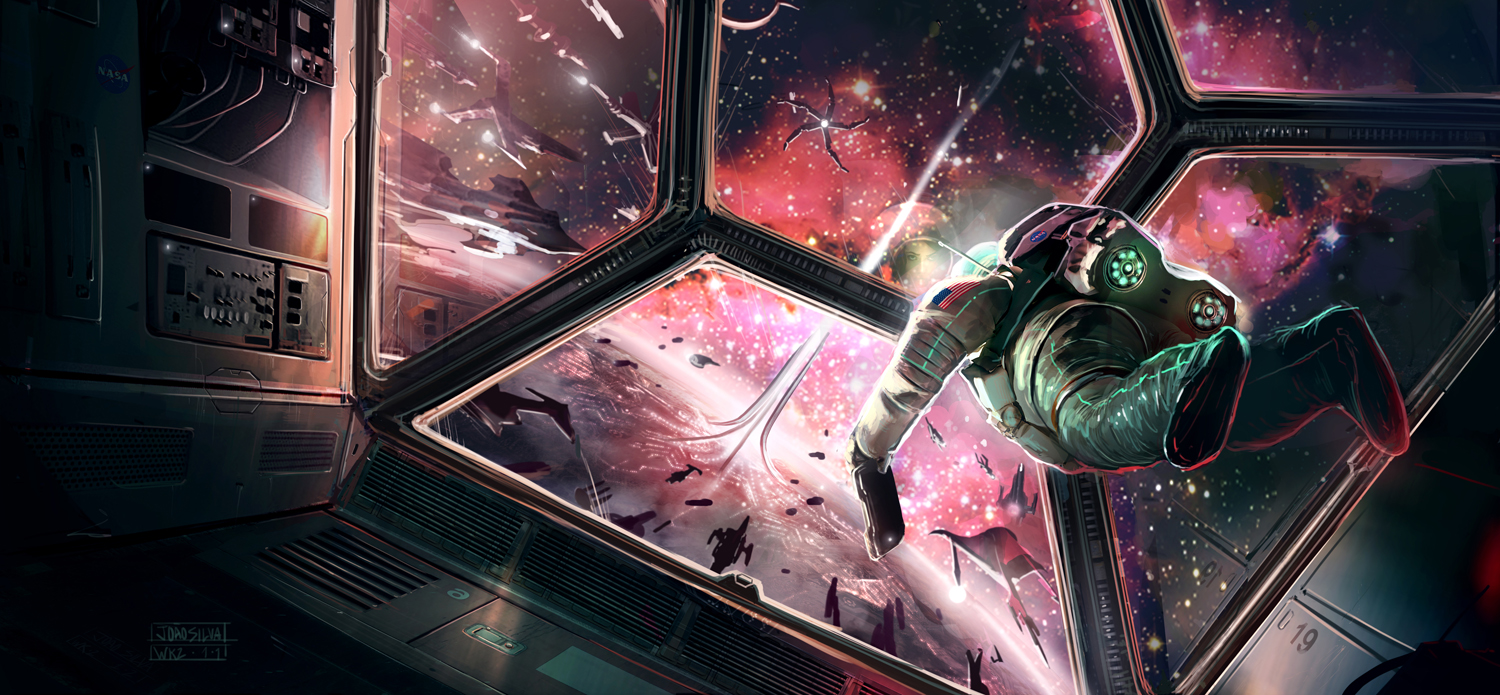

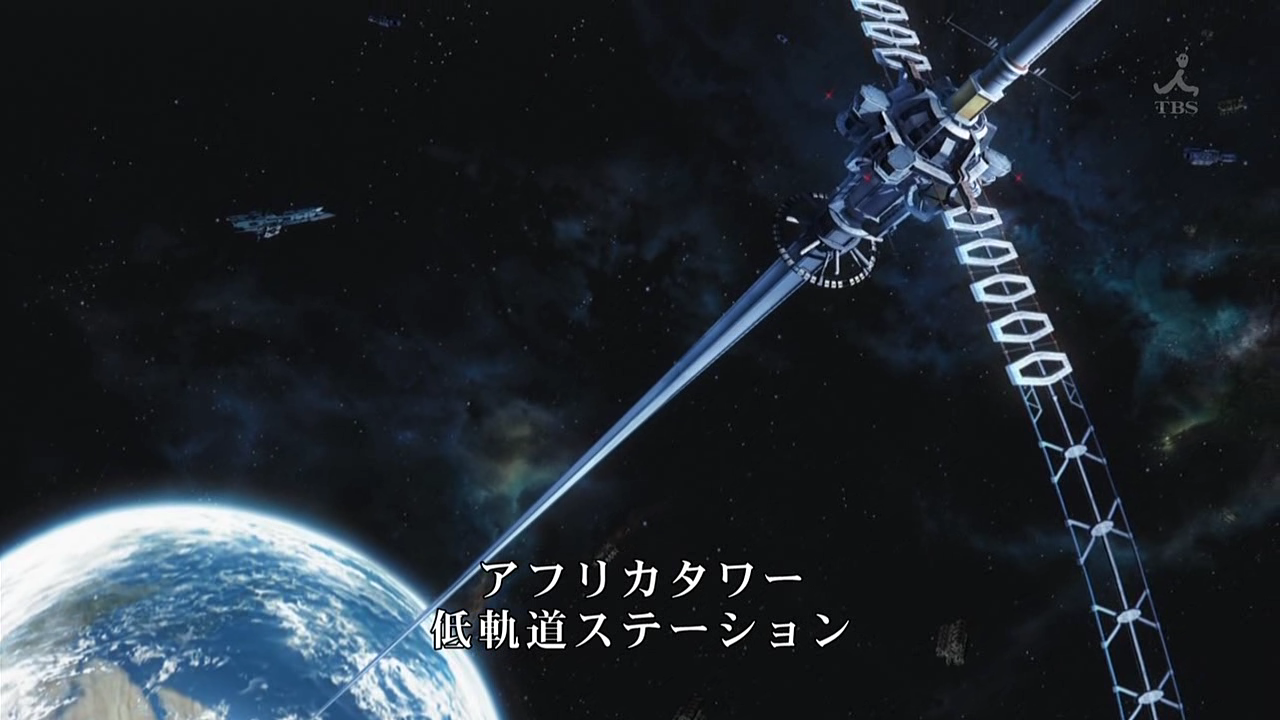
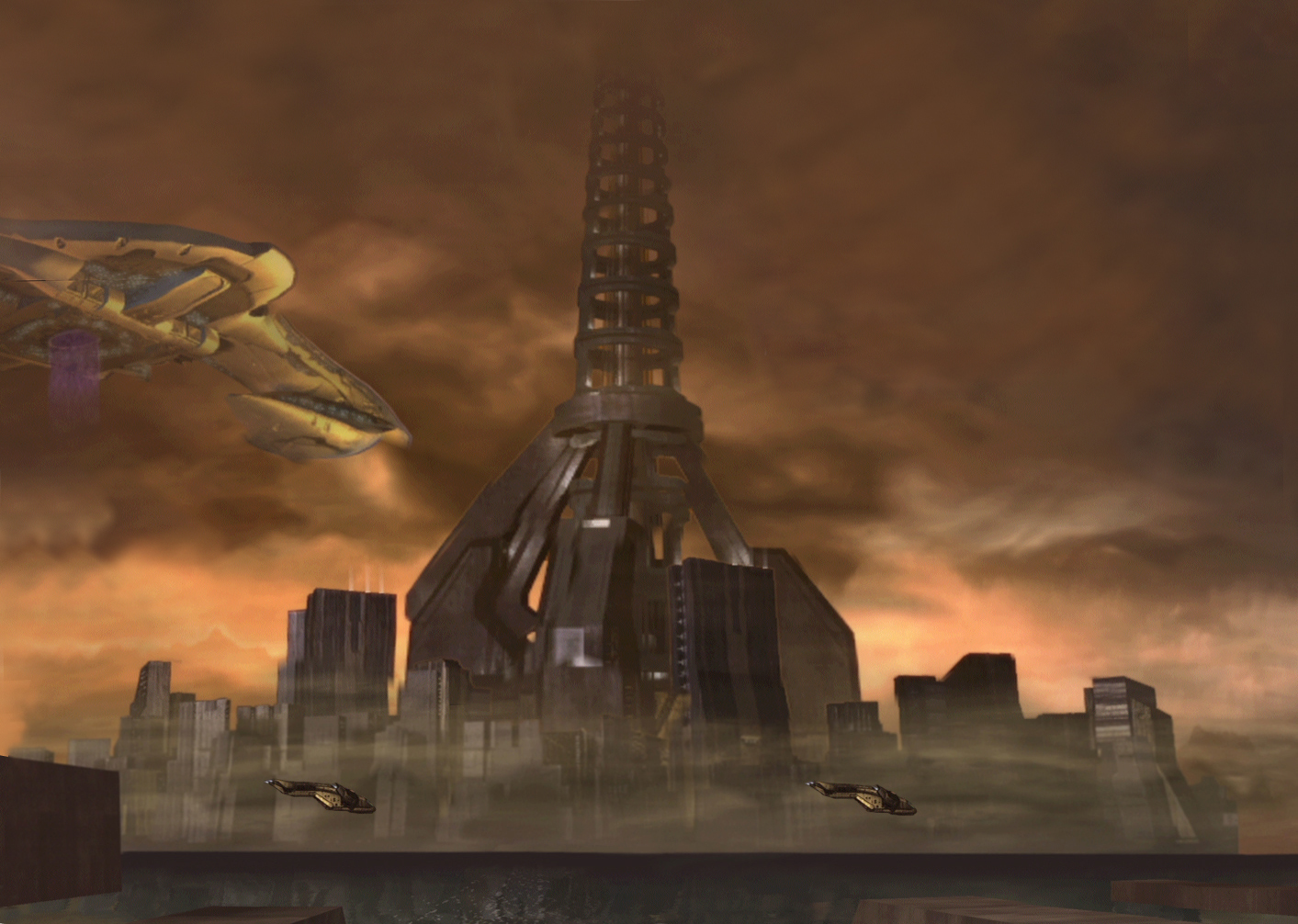
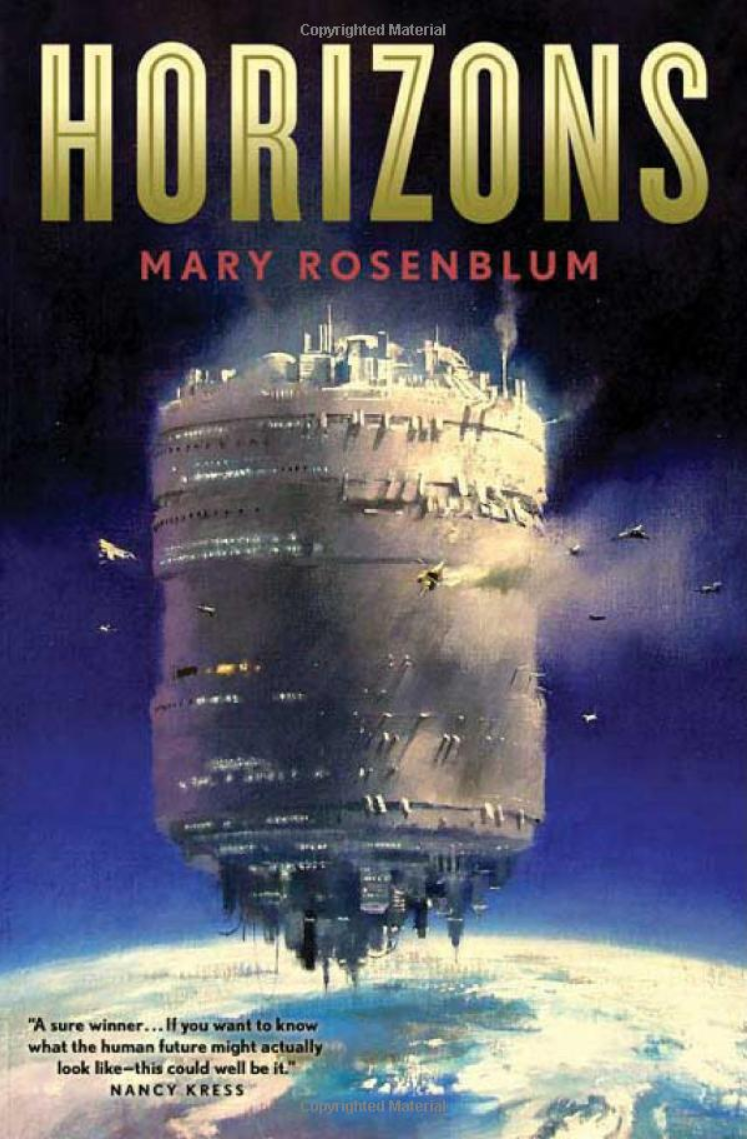
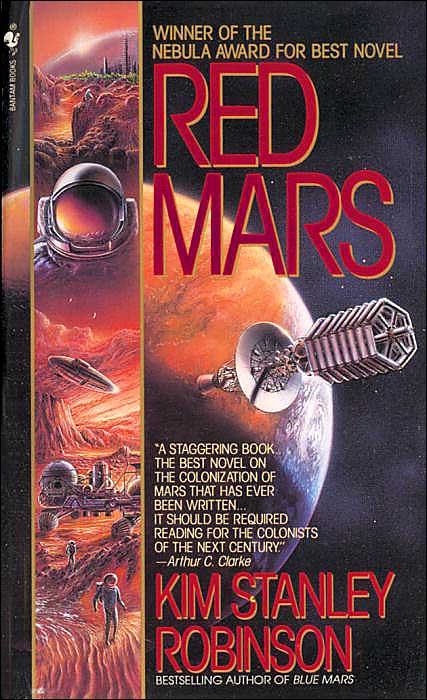
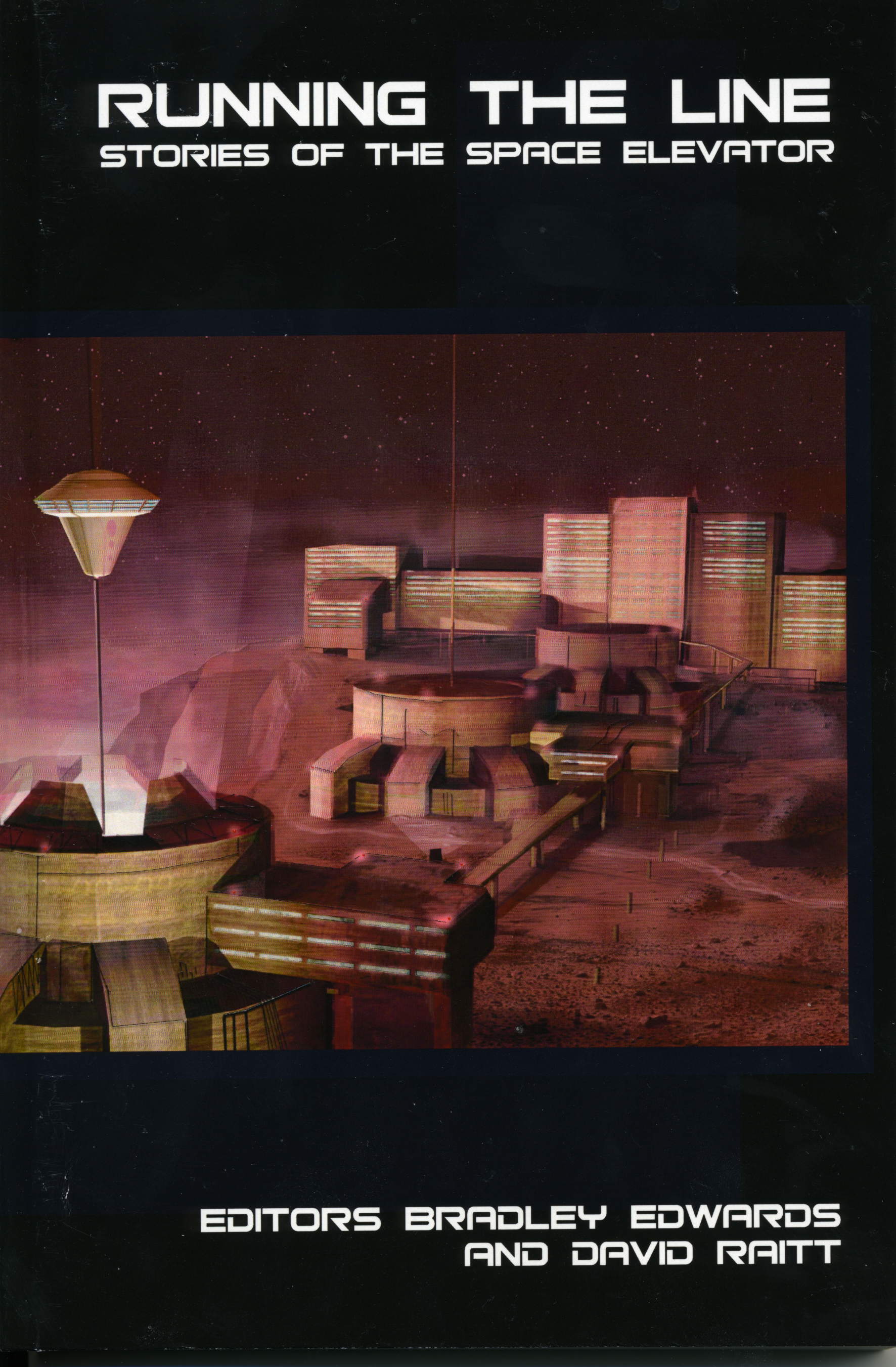


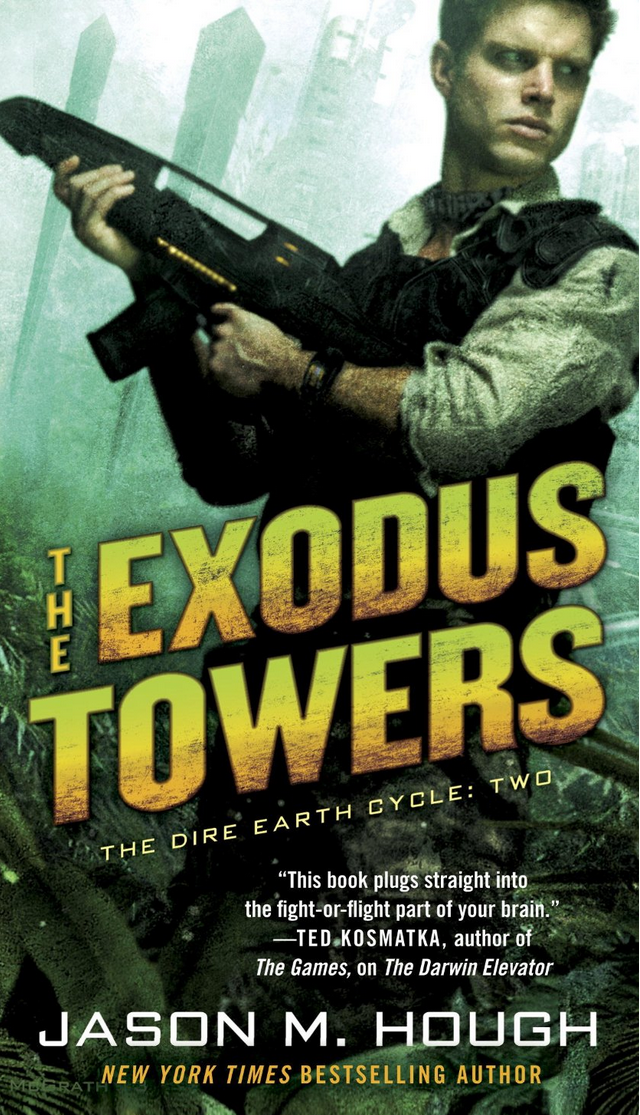
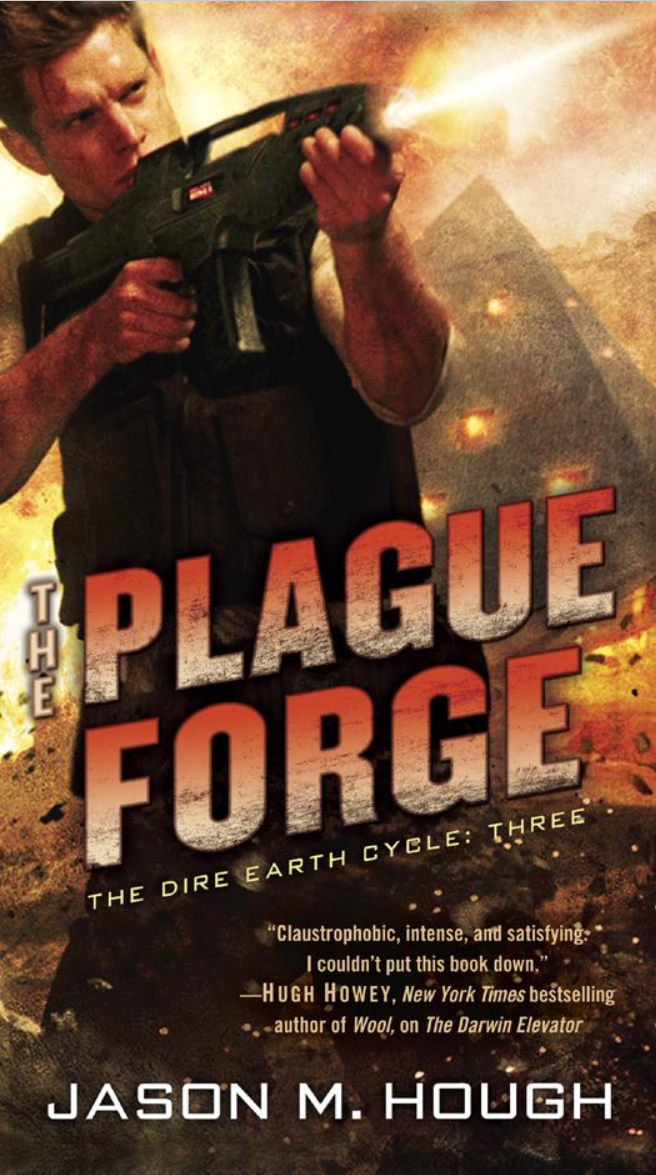
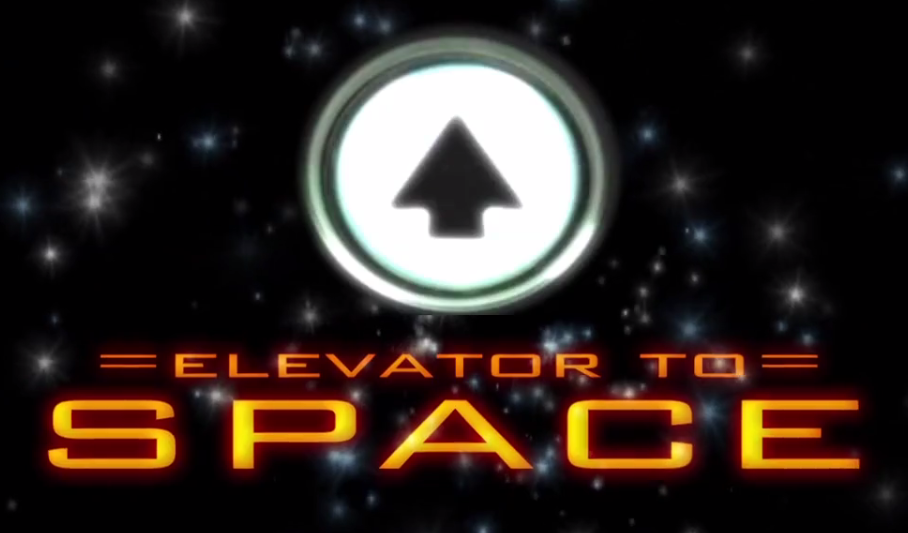 Several years ago, 4 comics (
Several years ago, 4 comics (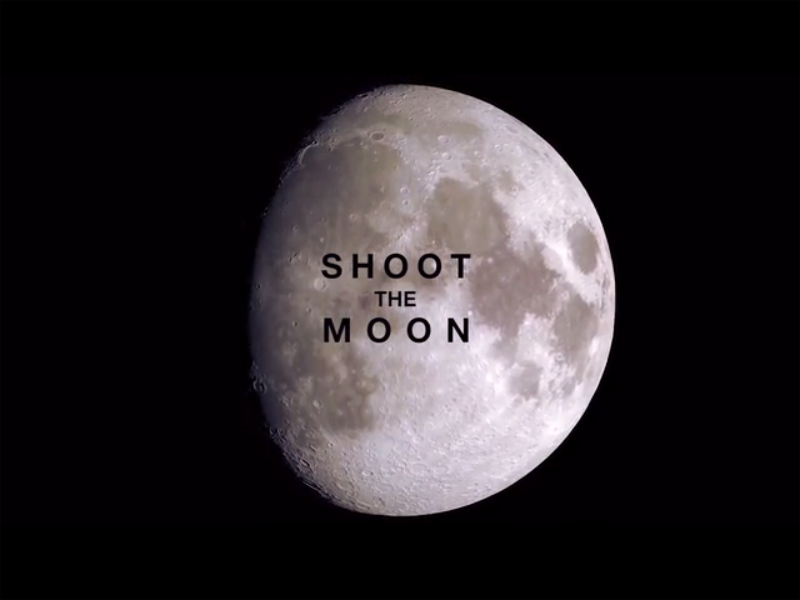 A few days ago, I was able to share the happy news that the Space Elevator Documentary Sky Line had been successfully funded via Kickstarter.
A few days ago, I was able to share the happy news that the Space Elevator Documentary Sky Line had been successfully funded via Kickstarter.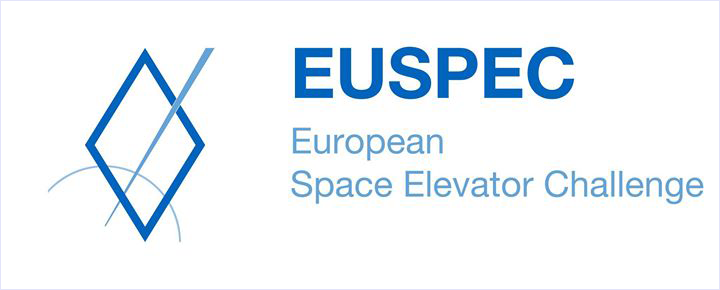 Details are very sketchy, but the good folks who ran the previous EUSPEC (European Space Elevator Challenge) have announced a new competition for 2015. From their
Details are very sketchy, but the good folks who ran the previous EUSPEC (European Space Elevator Challenge) have announced a new competition for 2015. From their  Yet another space-elevator-related crowd funding effort has gotten underway, this time on Indiegogo. Whereas the three previous space-elevator-related crowd funding efforts have been fairly modest in their goals ($8K for the initial
Yet another space-elevator-related crowd funding effort has gotten underway, this time on Indiegogo. Whereas the three previous space-elevator-related crowd funding efforts have been fairly modest in their goals ($8K for the initial 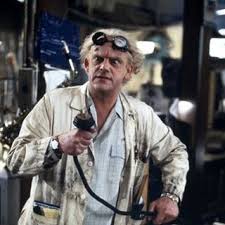

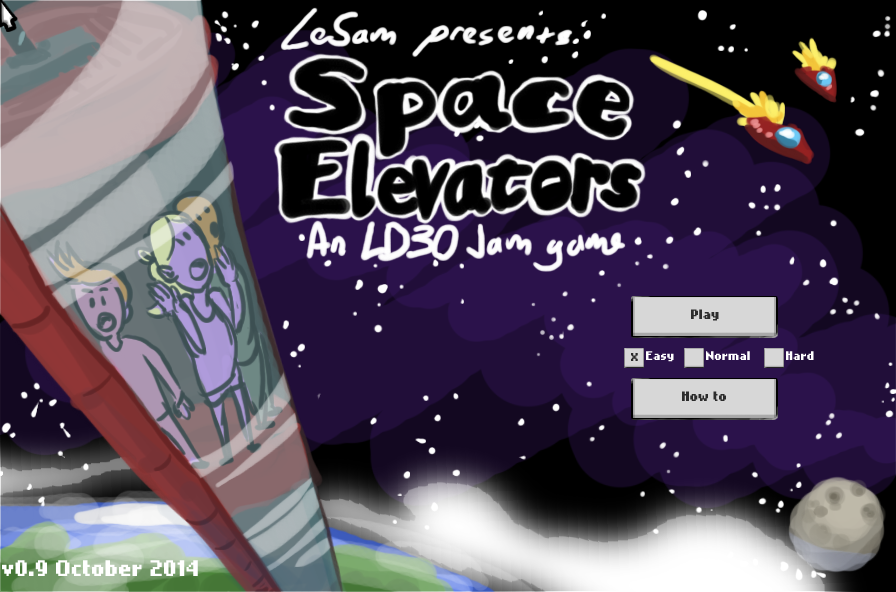

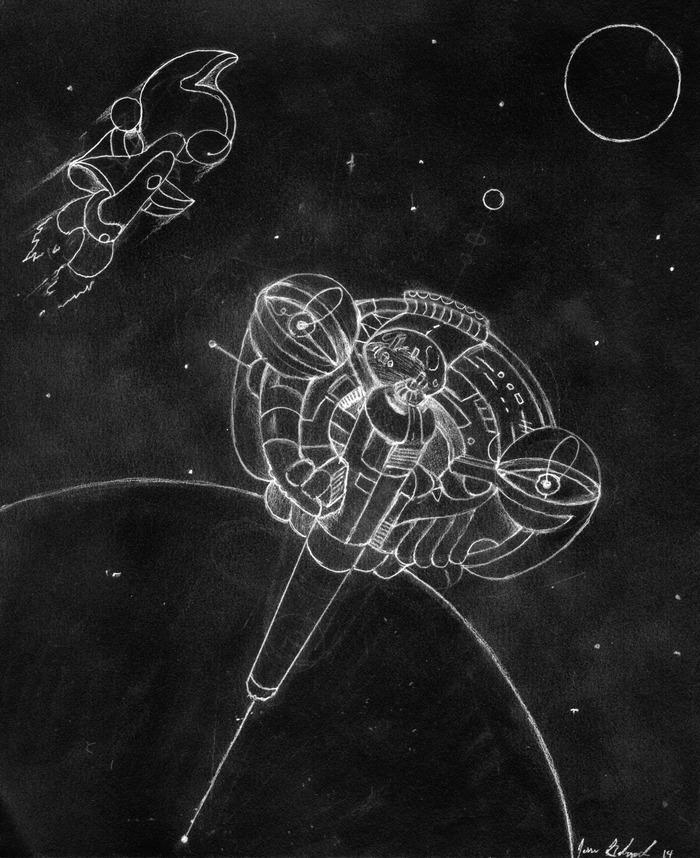
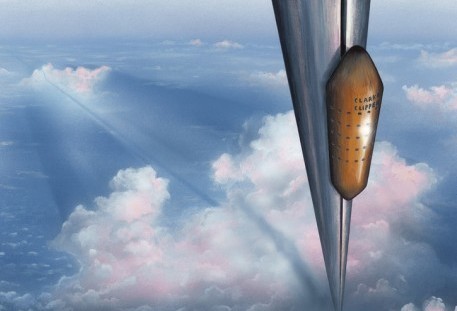
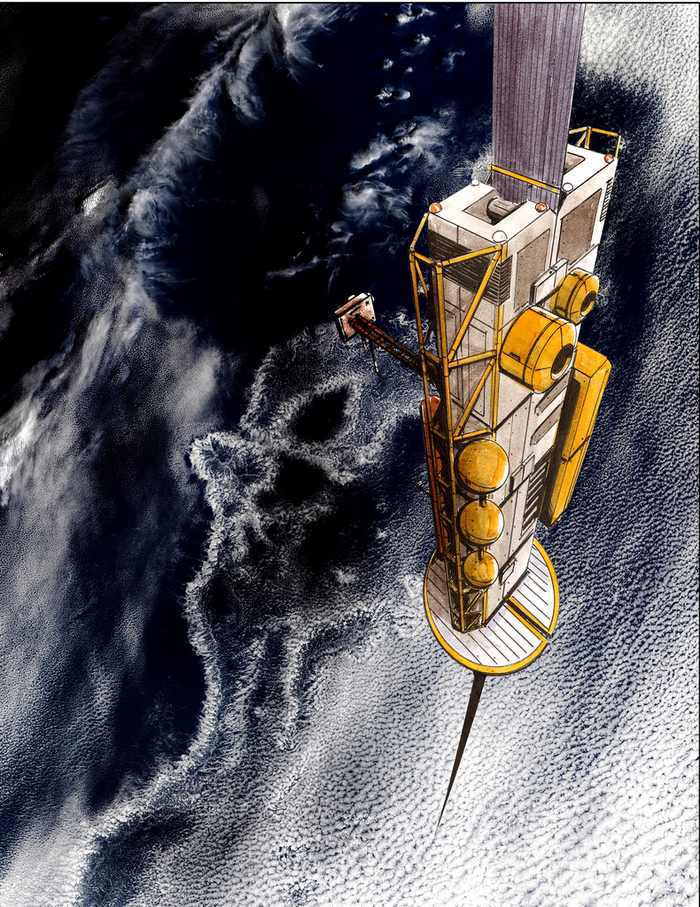
 Now posted on the ISEC website is
Now posted on the ISEC website is 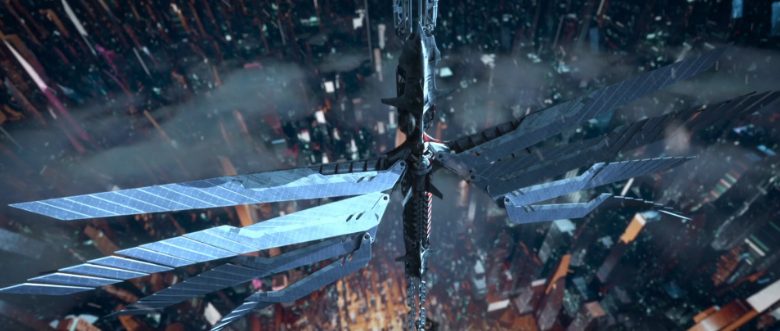 In January of this year, I
In January of this year, I  As many of you know, there are currently two Space Elevator documentaries in the works and both of them are hoping to raise enough funds via Kickstarter to help them finalize their project.
As many of you know, there are currently two Space Elevator documentaries in the works and both of them are hoping to raise enough funds via Kickstarter to help them finalize their project. In February of 2012, the Japanese construction company
In February of 2012, the Japanese construction company 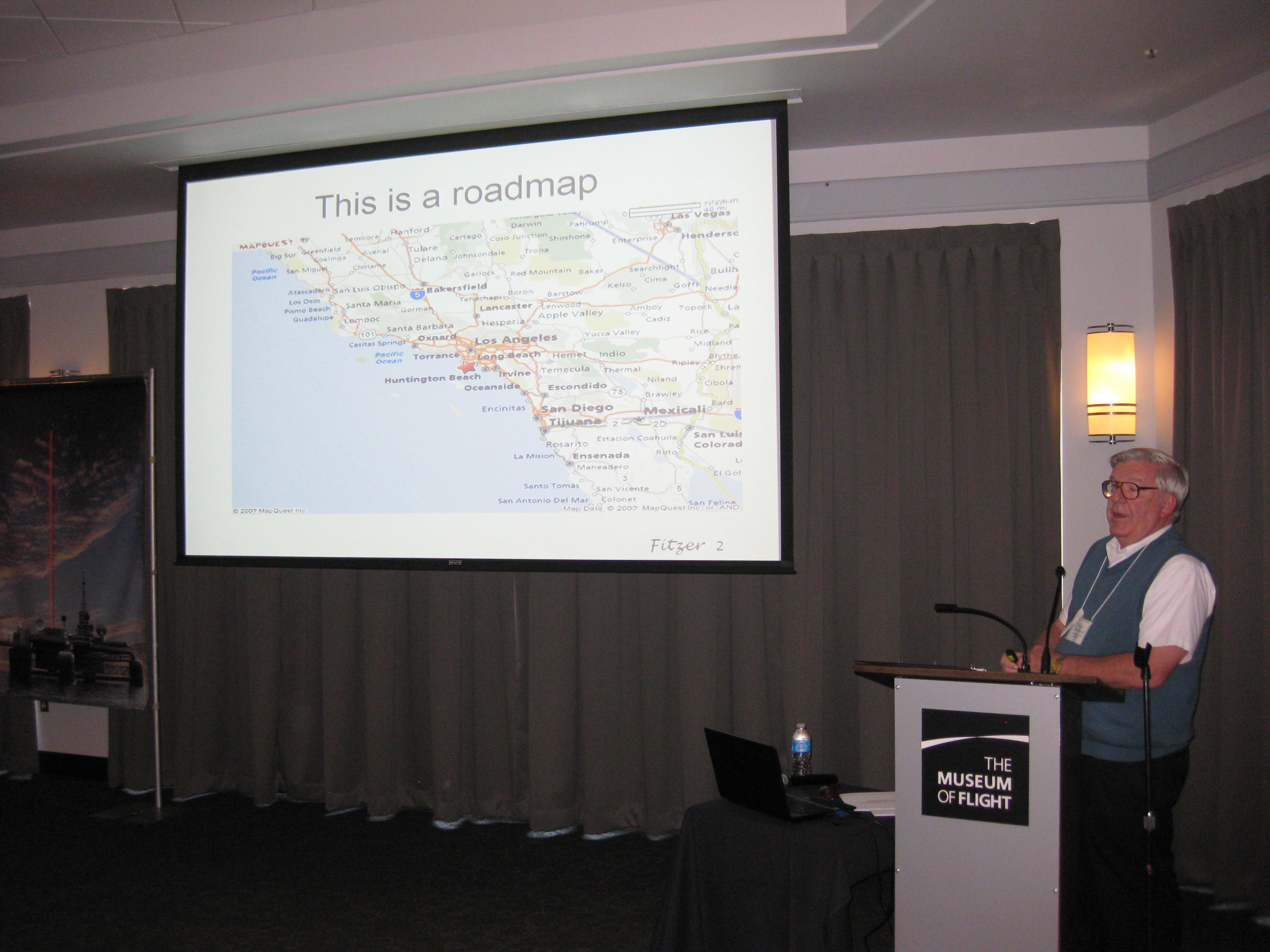

 A Tether project proposed by
A Tether project proposed by 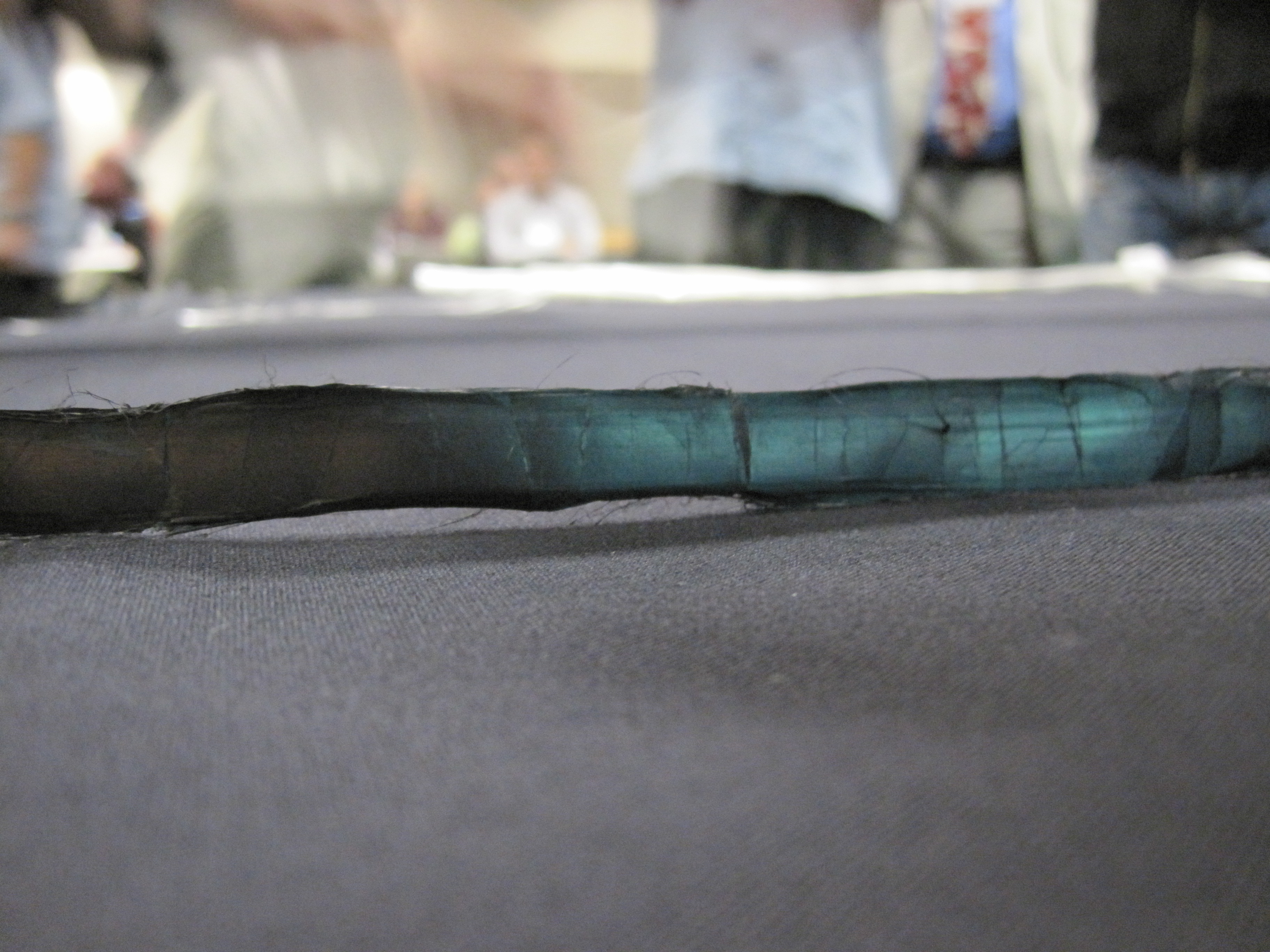

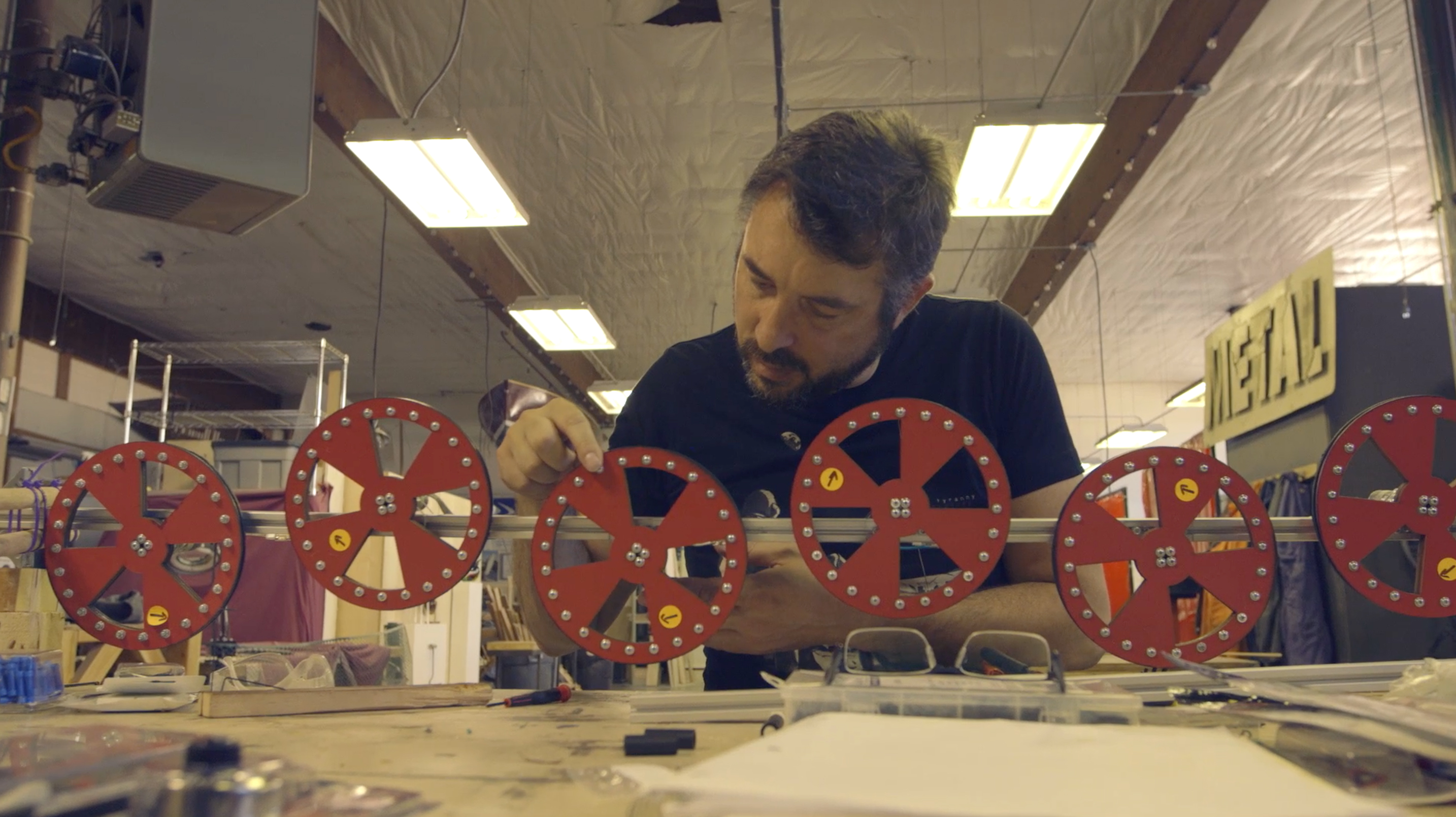
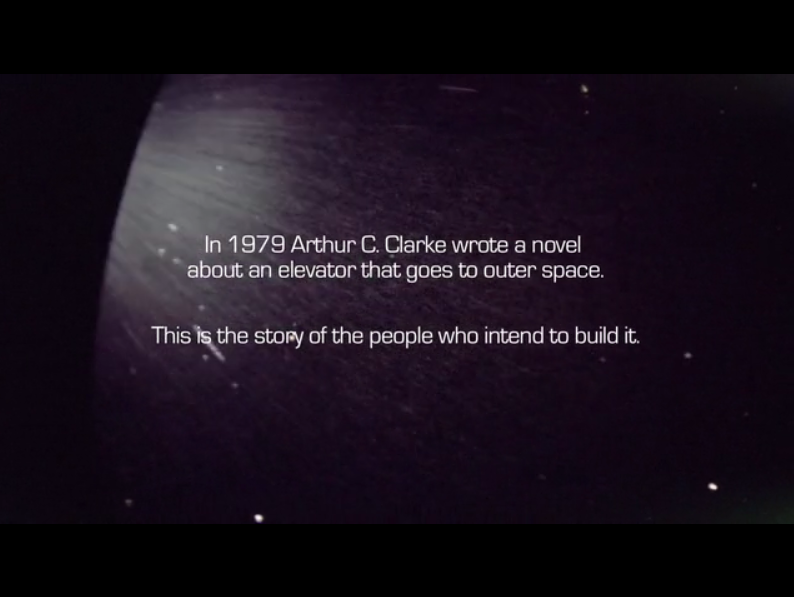 I have blogged earlier about Sky Line, the new Space Elevator Documentary being produced by Going Up! Films and have asked all of you to support their
I have blogged earlier about Sky Line, the new Space Elevator Documentary being produced by Going Up! Films and have asked all of you to support their 
 The September, 2014 ISEC eNewsletter has now been published and is available
The September, 2014 ISEC eNewsletter has now been published and is available